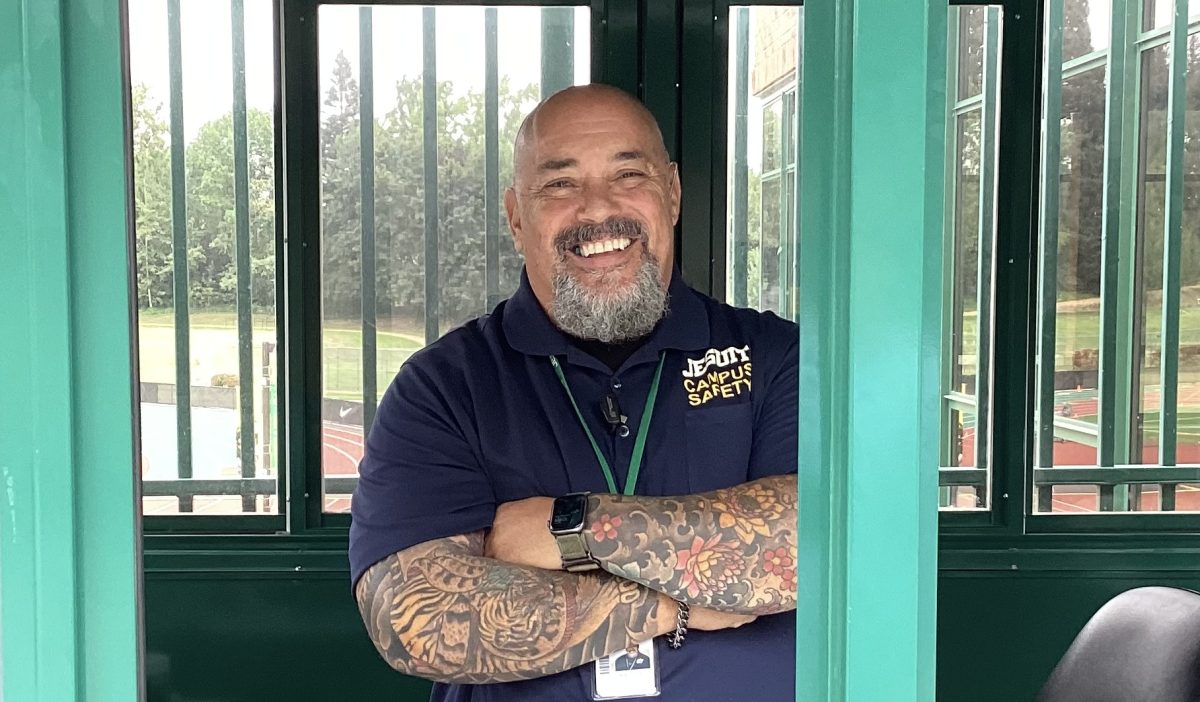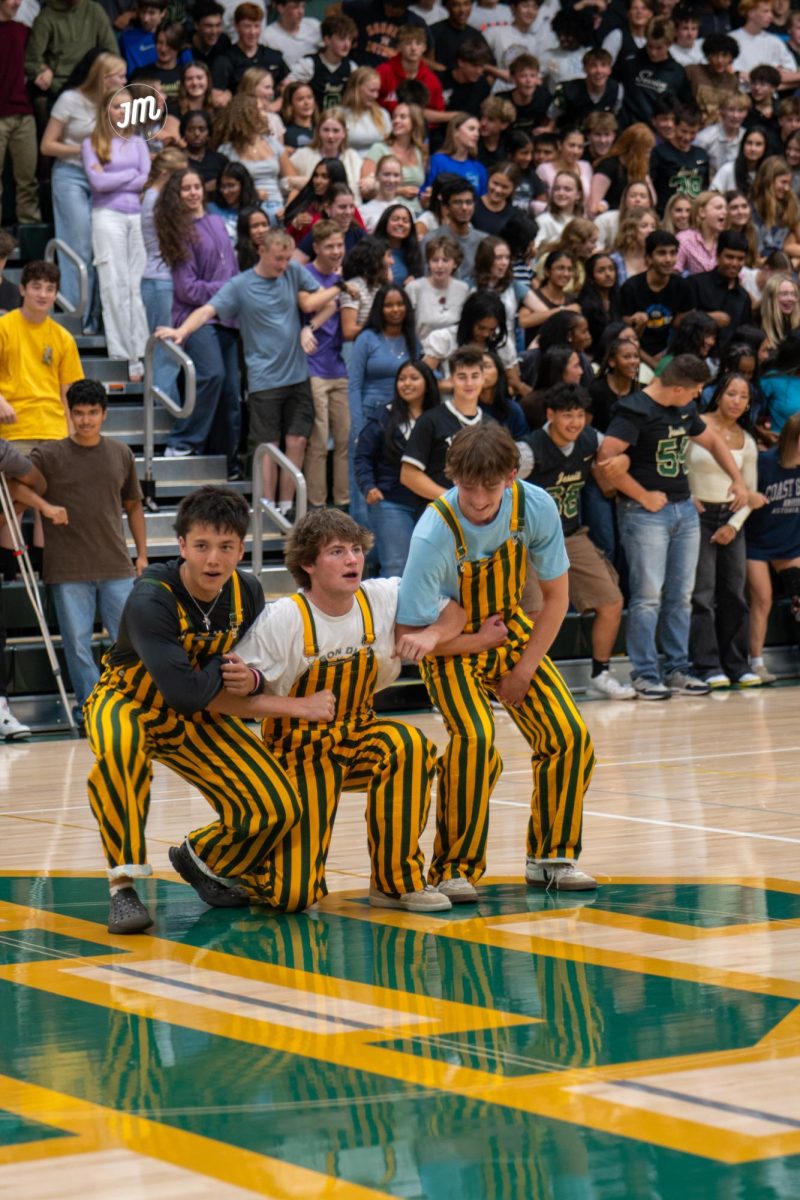That motorcycle zooming past you could be your teacher
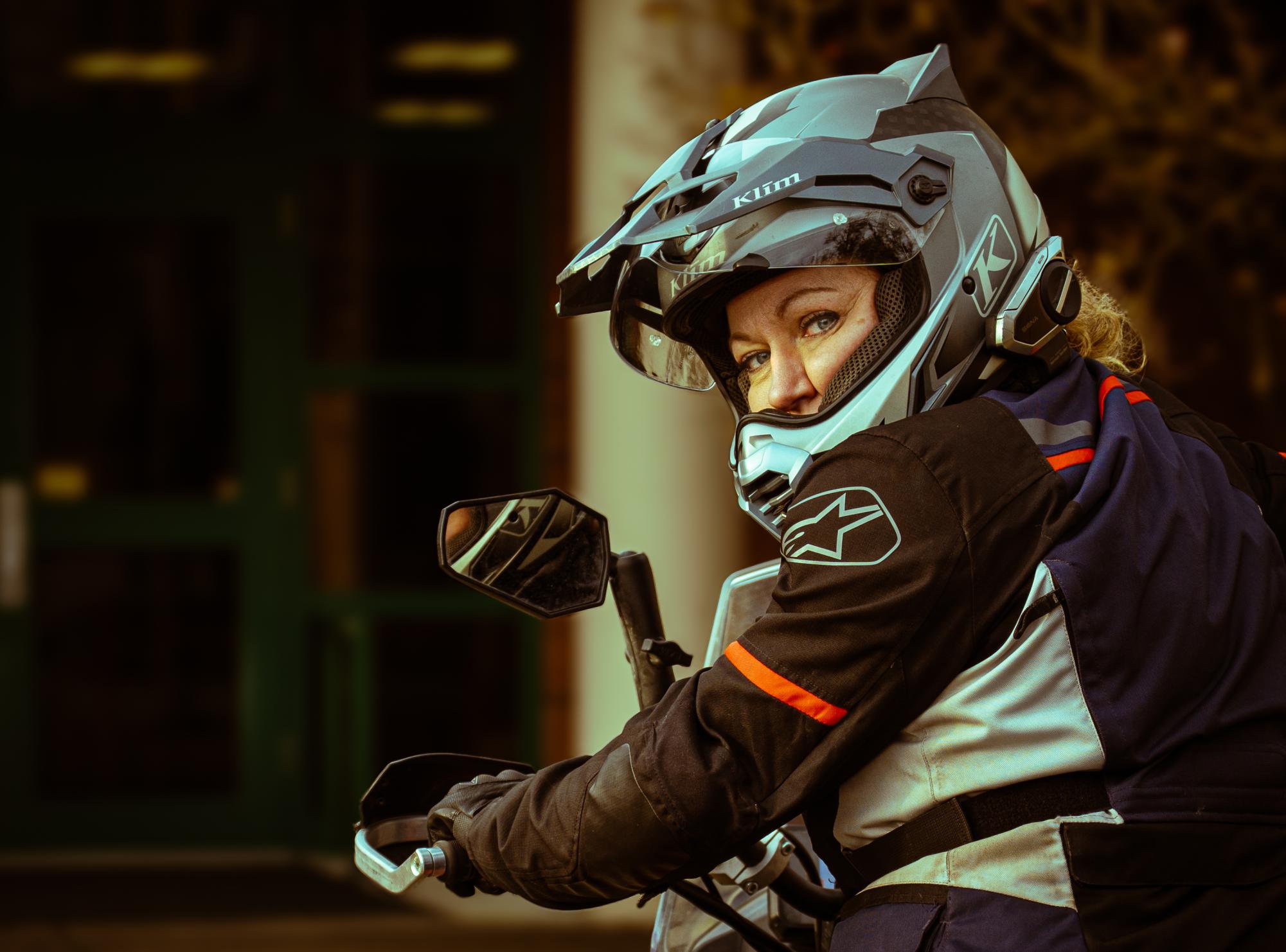
How often do you see a motorcycle zoom past on the way to school?
Turns out, that could be your third period teacher.
Dr. Shu, Ms. Chi, Mr. Butcher, Mrs. Lauderback, and Mr. Yanosy are all Jesuit teachers who own motorcycles, from iconic Harley Davidsons to Adventure bikes to as-seen-on-TV Kawasakis.
The general stereotype that has been perpetuated on the screen since the first Harley hit the market is that motorcycle riders are belligerent, leather hounding, and part of gangs that travel from town to town inciting fear in the common people. Riders are presumably always dripped out in skull patches and bold tattoos. Even from a less cartoonish perspective, the stereotype is that motorcycle riders tend to be rebellious, wheelie popping, nonconformists.
Of course stereotypes are reductive, and these descriptions do not fit the teachers listed above, or most of the motorcycle riders we see out on the road. At Jesuit high school, an institution with firm guidelines on proper dress code and appearance, we often only see this regulated side of our teachers. As students, we are not allowed to have our hair dyed unnatural colors, any visible tattoos, any piercings that deviate from the ears, or even studded accessories. A belt chain can even result in disciplinary action.
It is hard to imagine that such conscientiously guided students are taught by teachers who ride such risky and riotous machines to school. So why do these five teachers choose to ride instead of drive?
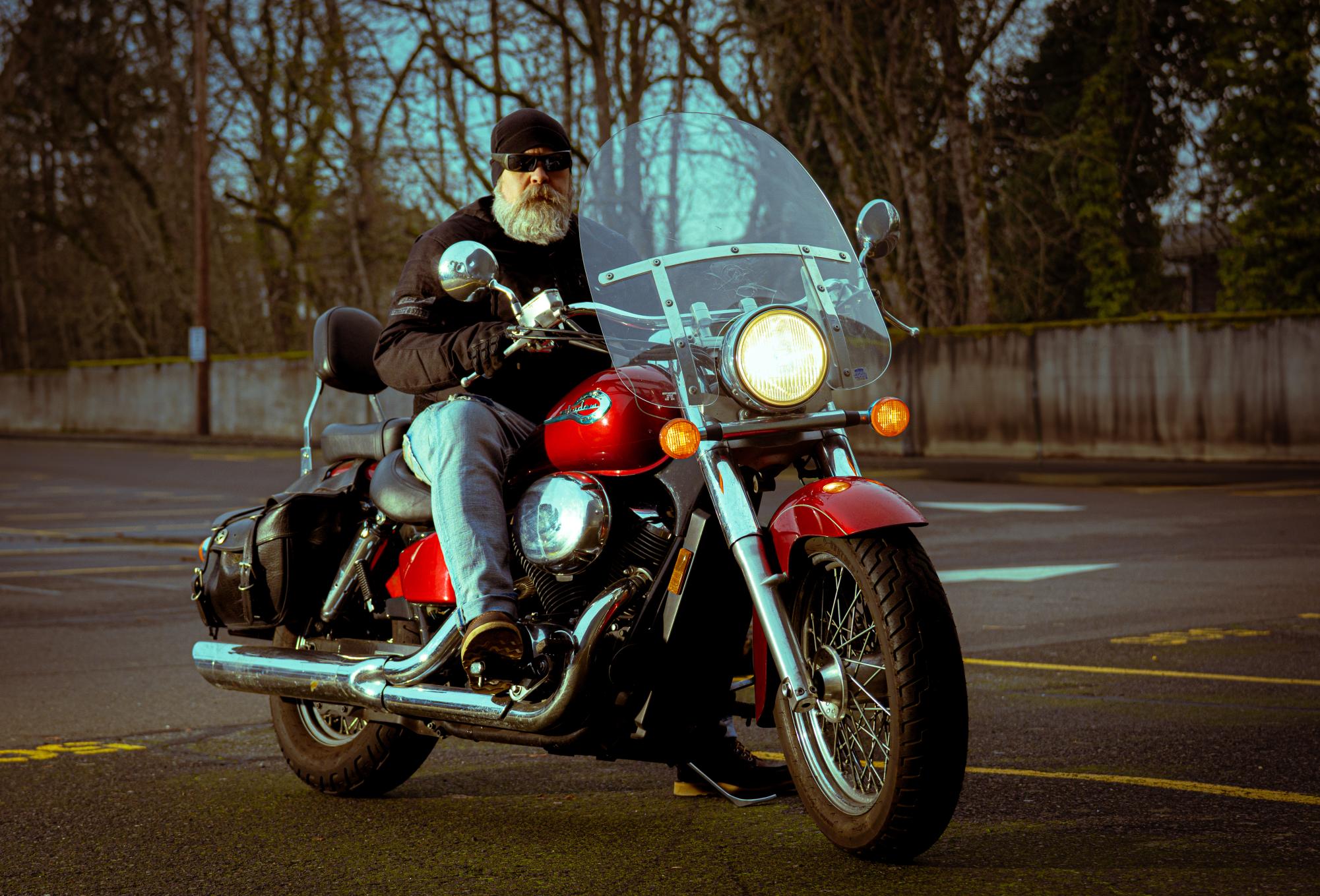
English teacher John Yanosy was employed at his uncle’s gas station at the ripe age of 14, and spent his younger years riding a 1980 Honda CB650. Nowadays, riding his dad’s 2003 Honda Shadow Ace to Jesuit almost everyday, he describes himself while riding as almost being in a “flow state” that athletes enter when focused–connecting back to his many years doing martial arts.
“I ride as if people want to kill me,” he stated, “I have to focus, I am very present, I am just riding,” nothing else–not thinking of work or what music queue next, just riding.
“Two weeks ago someone must have fallen asleep [while driving] because they kept coming up behind me. I just swerved out of the way and then they hit the car in front of me,” Yanosy recounted, “that’s what I mean when I say you can’t daydream.”
Motorcycle riders must have their full attention on their surroundings to stay safe without much protection out on the open road. If he was in a car that day, Yanosy wouldn’t have had the ability to notice and maneuver out of the car’s path like he did on his bike.
“If I was in a car, I’d have probably gotten hit,” he confirms.
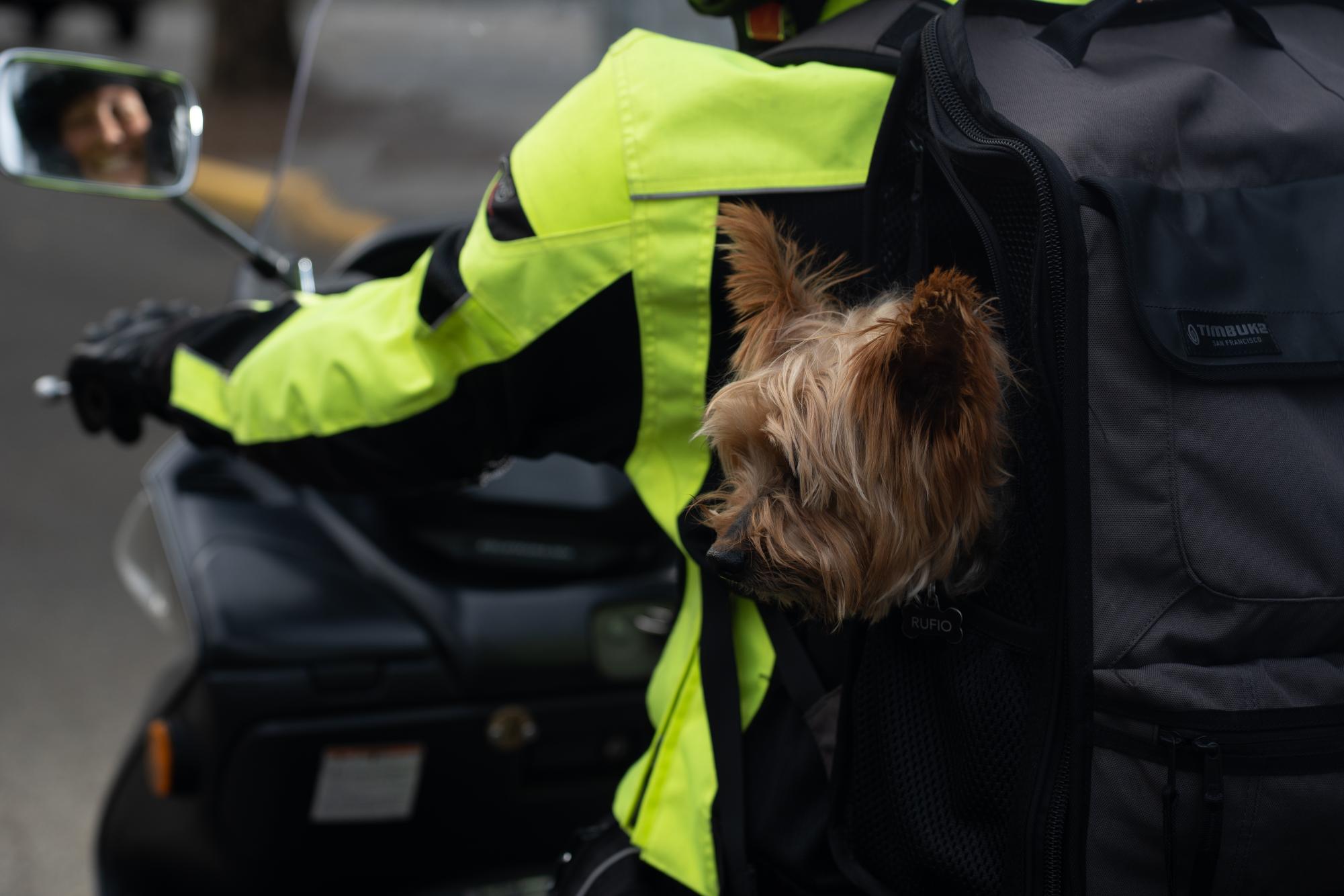
Not wanting to only be a passenger on her husband’s motorcycle, health teacher Niki Lauderback rides a matching Suzuki Bergman 400 of her own. Technically a maxi-scooter, the Bergman is safer and easier to drive than the traditional motorcycle, and Lauderback relates to Yanosy’s concept of the “flow state” while riding.
“When I’m driving a car I can go on autopilot,” Lauderback said. “I can go on my phone, change the music, do all these things that are very illegal. When I’m on a motorcycle, I don’t get to do any of that, I just get to exist between lanes.”
She described riding as a way to notice so much more of the world, see the birds flying around and feel the wind as you move through it. While admittedly cliche, she finds it centers many aspects of internal wellness that Lauderback teaches to her sophomore health students.
After his Dodge Charger was stolen in his junior year of high school, chemistry teacher and swim coach Bryan Butcher took up his dad’s passion for motorcycles. Almost an antique, he has a 1984 Kawasaki Ninja GPZ900, the same model used by Tom Cruise in Top Gun. He also rides a 2018 Harley-Davidson Softail, the only hog on Jesuit faculty’s roster.
Butcher also finds that riding is a great way to feel more present.
“Since you’re outside the car, in the wind, it’s peaceful,” he said “I guess that’s what I look forward to– riding to school in the morning, the sun coming up, there’s not a lot of traffic. It’s calming.”
Though neither Butcher or Lauderback discount the dangers of motorcycles. If the rider is not as attentive and completely aware as Yanosy describes as a “flow state”, it is incredibly easy for people to get into devastating crashes. In Oregon especially, torrentially bad weather most of the year can cause horrific situations.
“There is an element of risk because of safety if you have a cage flying at you–a car–and you yourself are not protected by a cage,” Lauderback says, “but you also have the freedom to navigate around cars.” This freedom to maneuver around larger vehicles is what saves many riders from accidents that could not have been avoided if in a car.
The freedom of riding extends beyond the freedom of maneuvering, as riding removes both mental and physical barriers. While in a car, we view the scenery through a window in a very separated manner. But on a motorcycle, people are so much more in tune with the surroundings, and they can experience that scenery fully firsthand and present.
Surfing, skating, skiing, biking, people have a knack for finding creative ways to move through our environments. By taking away the walls we sit between in our cars, many motorcycle riders connect with their internal wellness by taking their bikes off the road and into the elements.
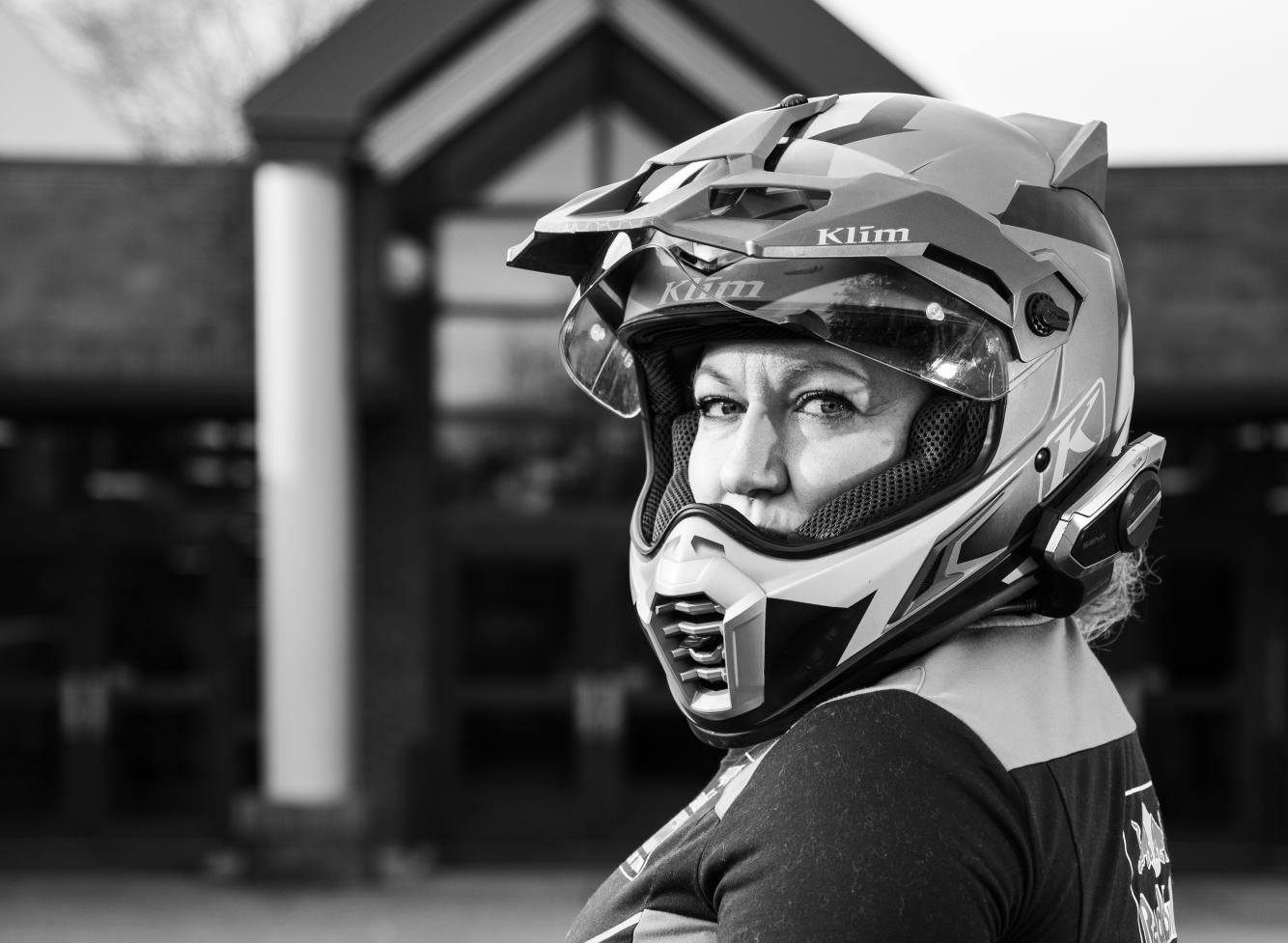
An avid chaser of this freeing experience, art teacher Danielle Chi recently took up adventure riding, which is off-roading taken to the next level.
She has a small but mighty KTM 390 Adventure Bike called Crush–Orange Crush–for its iconic orange color. A hybrid between a dirt bike and road bike, Chi has taken Crush on adventures through backcountry discovery routes, trails made all across the country specifically for motorcycle off-roading. These adventures are also known as “moto-camping”, riding for multiple days along the discovery routes and stopping periodically to camp out in the elements.
Chi recently went on a five-day trip through the cascades up to the Canadian border, a 575 mile discovery route. “You can feel all your senses, it wakes you up,” Chi describes, “I feel closer to nature, I feel less barrier around me”. This barrier removal goes beyond just connection with nature, but also connection with people. “People always want to talk about motorcycles,” Chi says, “there’s always people trying to ask us questions and tell us stories like at the gas station in the middle of nowhere.”
In addition to adventuring, motorcycles are great for conversation starting. Not separated by the doors of our cars, motorcycles make it infinitely easier to interact with people on the road.
Math teacher Masuda Shu rides to school almost every day, having bought his Honda Shadow Phantom from a former student back in 2016. “If I see another biker, and they’re pulled over, I tend to pull over and try to help them out,” he says, “I don’t think I’ve ever done that while driving my car.” He’s found reciprocation in this support as well; once at a Chinese restaurant he even met a stranger that helped him manually jumpstart his bike, then push him and his revived bike down a hill to get going.
Waving culture is another aspect of connection that is unique to motorcycle riders. When passing each other, many riders often flash a low wave with a finger or two extended (almost like an upside-down peace sign) in acknowledgement. Lauderback describes it as a way of saying to other riders, “I see you”, a sign of respect and camaraderie.
Beyond spontaneous interactions, there are many established communities of motorcycle riders. But you don’t have to look far to know that biking groups get a bad rap. With movies like The Wild One and Hells Angels, TV series like Sons of Anarchy, children’s shows like Wheelie and the Chopper Bunch and even Spongebob Squarepants. The media has consistently portrayed motorcycle clubs as gangs of rebellious, intimidating outlaws. Contrary to this stereotype, the majority of motorcycle clubs don’t fit this picture.
In reality, most motorcycle clubs are actually nonprofit organizations.
The clubs work for the community, widely engaged in fundraising and philanthropy. Lauderback describes motorcycle clubs as a community that “pulls in the rogue straggler,” focusing on inclusivity and charity. In fact, the similarity between values of motorcycle clubs and Jesuit’s own values of inclusivity and service is remarkable. Widespread clubs such as Women in the Wind and Bikers Against Child Abuse host events such as charity rides, educational conferences, and offer protection for women and children from dangerous situations.
Though none of Jesuit’s teachers are part of a motorcycle club, they are hoping to all go for a ride together someday.
All things considered, cars are a great option for transportation. But riding is a way to pursue connection beyond car windows. It’s the “because we can” vehicle, the most exhilarating way to get from one place to another. It’s a pursuit of free will, it’s grounding and nature-immersing, all the while fostering community and connection.
In many ways, the motorcycle riders on Jesuit’s staff exemplify the “Open To Growth” aspect of our identity as grads at grad. They are open to taking transportation one step further, pursuing the unconventional and the adventure.With an endless selection of colorful and diverse motorcycles on the market, riding is a form of freeing self expression with a thrilling edge that gets people where they need to be.
“At the end of the day it’s just a really rad means of transportation,” Yanosy concludes. “Driving a car is like watching a movie, but riding a motorcycle is like being in the movie.”



